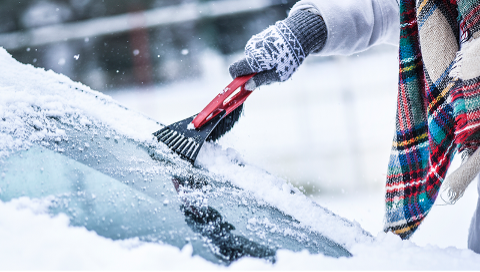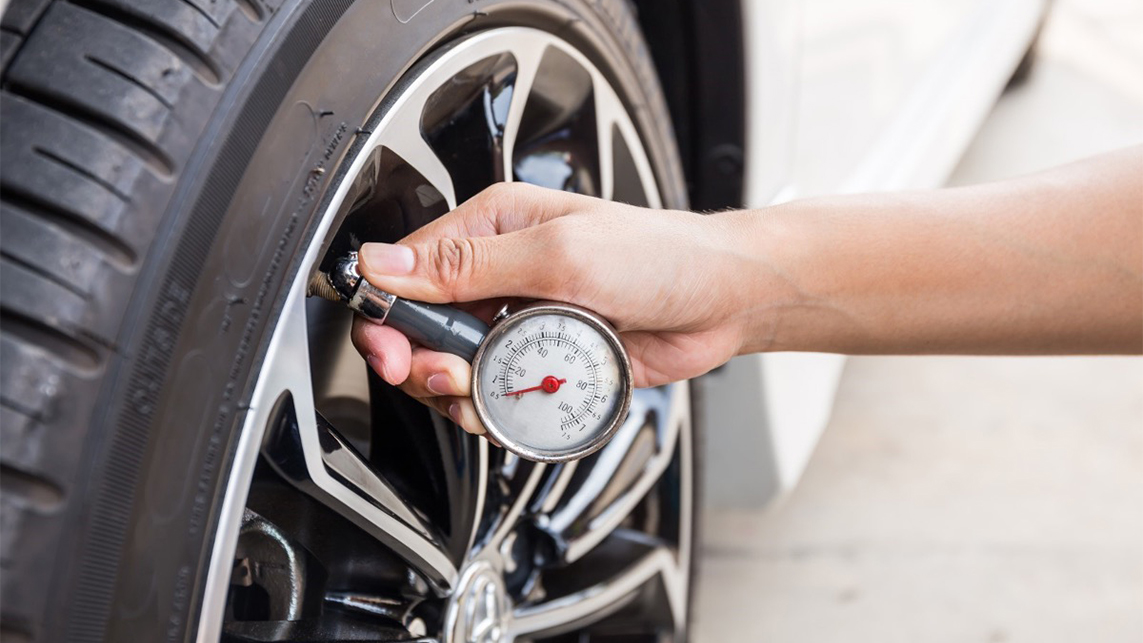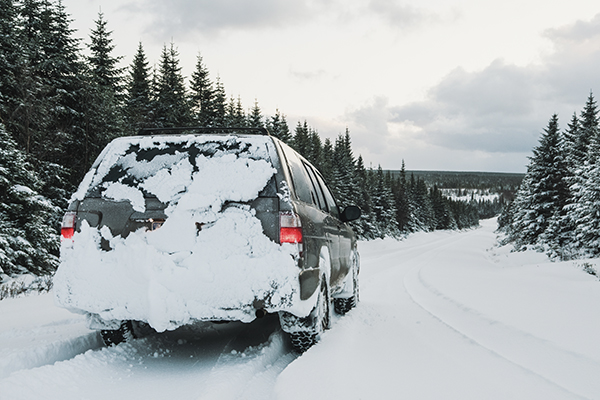Close your eyes and remember just how good this summer’s heat felt. Now, snap out of it!
Summer's gone already, and with it any chance of driving your high-performance machine anywhere, except maybe into a ditch. Unless of course, you’re one of those lucky souls fortunate enough to live in a climate where it’s always a comfortable 72 degrees. Maybe you’ve given some thought to dedicated winter tires. No? Often the biggest obstacle to drivers is the cost of having an extra set of tires or snow chains. What has to be figured into that equation, however, is the loss of use of your vehicle for the season or the cost of being involved in an accident. So, let's talk winter tires and other options.
 Source | Desktop Nexus
Source | Desktop Nexus
Winter/snow tires
Back in the day, winter tires were called “snow tires," for obvious reasons. But today's winter tires are designed to perform in a variety of winter conditions, including snow, ice, slush, and low temperatures. The tire’s rubber and chemical compounds are designed for maximum performance in freezing temperatures, much the same way that race tires are designed to deliver at high temperatures.
A recent article in Tire Business magazine discusses the importance of using winter tires. “The idea that winter tires are only needed for snow-covered or icy roadways is outmoded and belies the superior cold-weather performance made possible by advances in winter tire technology,” says Glenn Maidment, president of the Rubber Association of Canada. “Today’s sophisticated winter tires feature specialized rubber compounds that retain elasticity at temperatures well below -30°C (-22°F).”
So basically that means you don't need to wait for the snowpocalypse to hit. Once it starts getting cold is when to switch to winter tires. In addition to rubber compounds that are designed for winter performance, these tires also feature tread designs that maximize stopping and steering ability on snow, slush, and ice. And the good news is that most every major tire company makes their own version of it. “Rather than keeping their fun-to-drive cars in the garage during the cold season, drivers have the opportunity to enjoy them, even in the middle of the winter,” says Brandy Gadd, Goodyear brand manager.
All-season tires
So what about all-season tires? Most vehicles on the road today come equipped with all-season tires. Some vehicle enthusiasts, particularly those who use their street-legal vehicle for on-track racing and driving competitions, refer to all-season tires as “no-season tires.” They call them that because even though all-season tires do the job admirably for a majority of drivers, they can’t perform as well as dedicated winter tires or summer tires. In the end, you're better off with a tire designed to meet the conditions of the season.
Tire studs
For those living in areas where ice-covered roads or packed-snow conditions dominate the winter driving season, drivers might want to consider snow tire studs. The studs are metal pins that protrude from the tire surface and “bite” into ice and packed snow. Snow tire studs are noisy on dry roads, however, and performance and handling can suffer too.*
Tire chains
Another alternative for added winter traction are tire chains. Sized to fit your vehicle’s tires, tire chains can be installed without having to lift the vehicle or even move it, making them an excellent resource to keep in the vehicle and install when bad weather hits.* If you want to take your performance car out in the cold, consider the pros and cons of winter tires. If changing winter tires yourself isn't something you can do, find a local shop to give you a hand.
*Some local and state laws can prohibit chains or tire studs. Check your local laws before purchasing these items.
How do you handle winter driving? Do you store your vehicle until spring or have you tried some of the options to extend your driving season? Share your experience in the comments section.







